What Is Light Pollution?
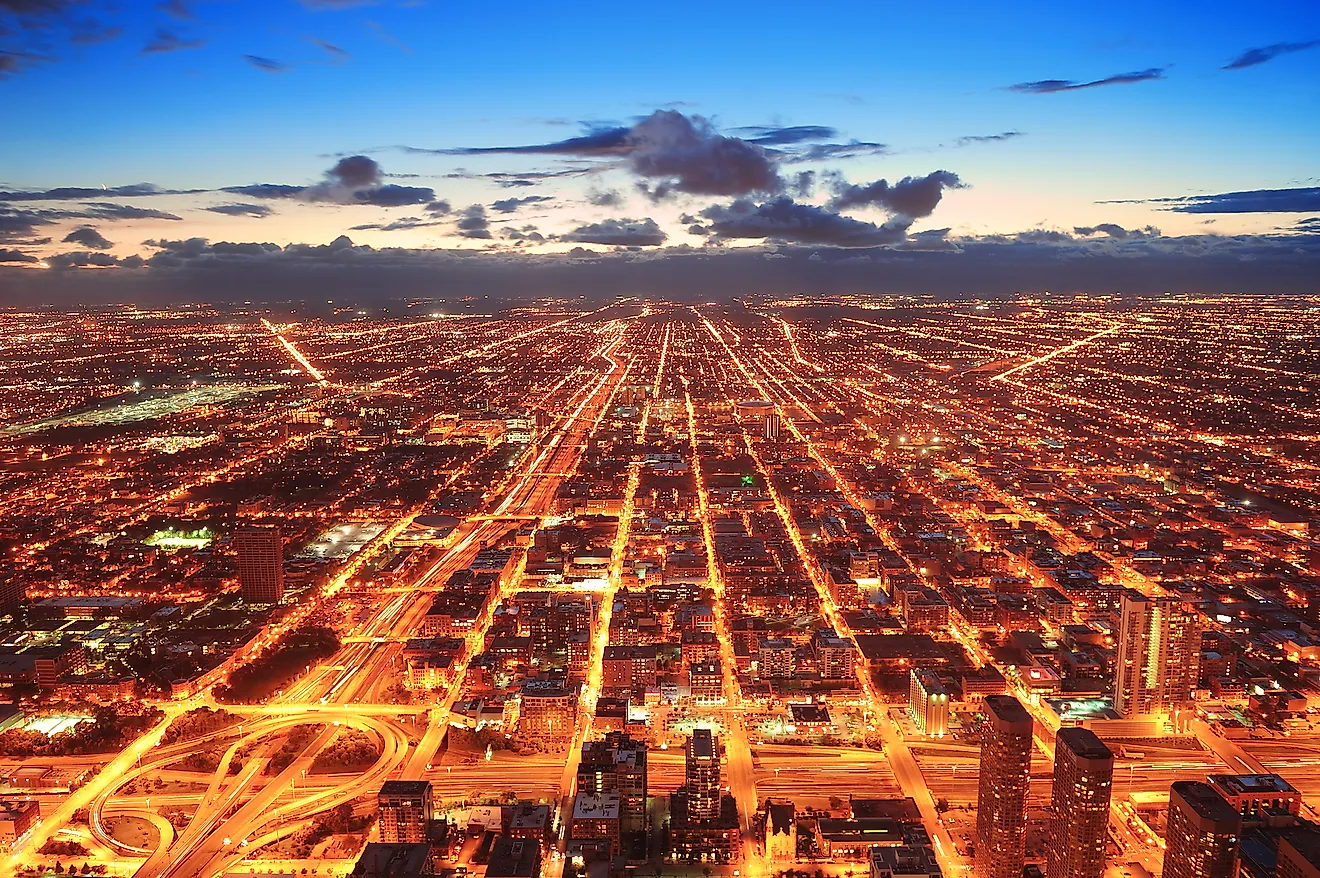
- Approximately 83% of the world's population lives under light-polluted skies. In the United States and Europe, about 99% of the population cannot experience a natural night sky.
- Birds are one of the biggest victims of light pollution as city lights can disorient them and cause them to collide with brightly lit buildings.
- Some solutions to curb light pollution include using timers or motion sensors for outdoor lights, using lower temperature LEDs, turning off unnecessary indoor lights in empty rooms or buildings.
Pollution is a big problem and impacts billions of people worldwide. It is often equated with chemicals or toxins contaminating the air, water, or soil, but there is another type of pollution that is less apparent — light pollution. Much like the other types of pollution, light pollution can cause serious ramifications for the environment, wildlife, and human health.
Contents:
- What Is Light Pollution?
- Causes Of Light Pollution
- Negative Impacts Of Light Pollution
- Tips To Prevent Light Pollution
What Is Light Pollution?
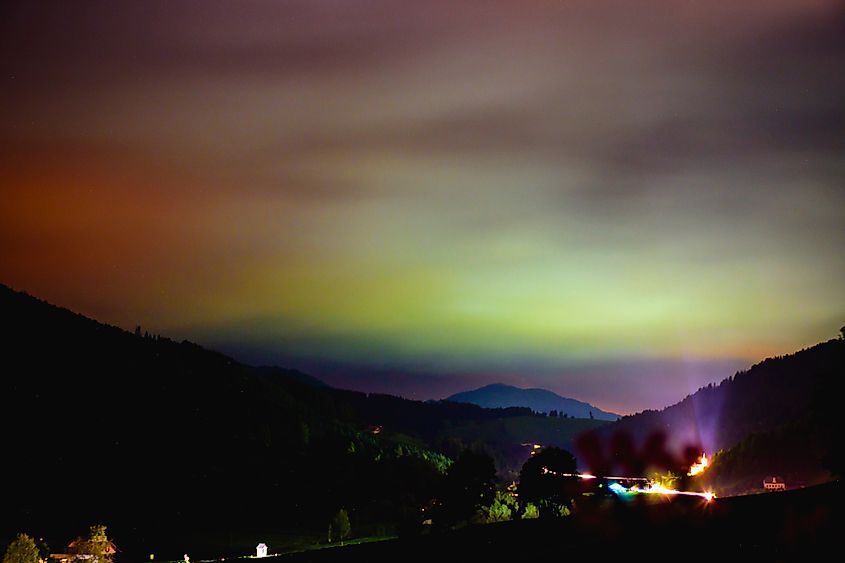
Light pollution is the excessive use of artificial light and an issue prevalent worldwide, brought on as a side effect of the industrial revolution. Approximately 83% of the world's population lives under light-polluted skies. In the United States and Europe, about 99% of the population cannot experience a natural night sky, and one-third of the world's population cannot see the Milky Way. A 2017 study found that light pollution increased by about 2% per year between 2012 and 2016, suggesting light pollution is a growing problem globally.
According to the IYA2009 Cornerstone Project, billions of dollars each year are spent on unnecessary lighting in the US alone, with approximately $1.7 billion of energy wasted each night through unshielded outdoor lights. Wasted lighting also releases about 38 million tons of carbon dioxide into the air each year, and unshielded outdoor lights account for approximately 1.2 million tons of carbon dioxide waste.
Causes Of Light Pollution
Artificial exterior and interior lights, advertisements, streetlights, and illuminated sporting venues are among the many causes of light pollution. Light pollution has been exacerbated by the invention of new types of energy-saving bulbs, such as LEDs. Due to its low energy consumption and cheaper price tag, LEDs have become a popular light source for many homeowners. However, these lights are much brighter, and cast wasted light across greater distances, contributing to light pollution.
There are four types of light pollution:
Skyglow
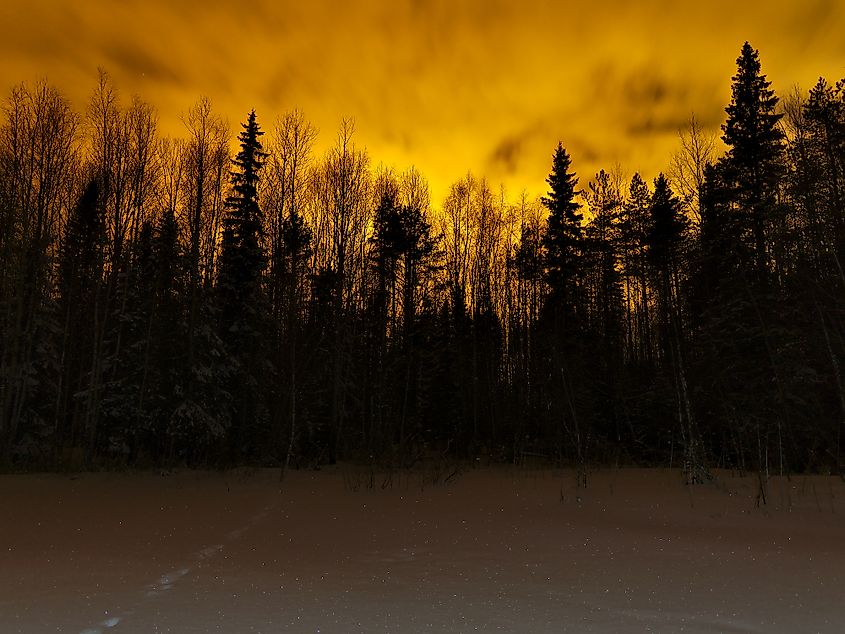
Skyglow is the brightening of the night sky, particularly in urban and inhabited areas. This type of light pollution occurs when reflected and upward-directed light travels up to the sky, causing a glow effect that hovers over large cities. This wasted light from street lamps and buildings, for example, is scattered and reflected by particles in the atmosphere and obstructs the view of the night sky.
People who live in cities with high sky glow levels cannot see many stars and the Milky Way. Skyglow also affects astronomers' ability to observe objects in space. Approximately 80% of the world's population and 99% of Europeans and Americans live under a sky glow. However, more rural and densely populated areas such as small towns or forests have less sky glow, and the Milky Way is visible.
Glare
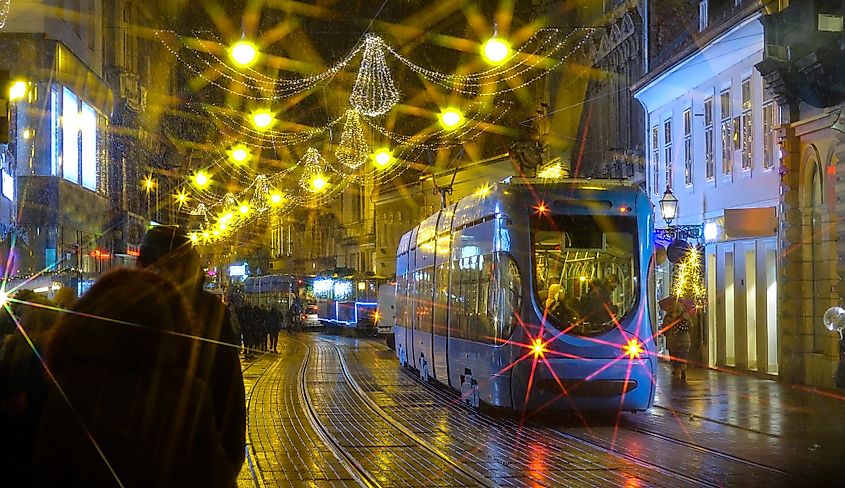
Glare occurs when an unshielded light source hits reflective surfaces, causing excessive brightness to become a public-health hazard. There are four subcategories of glare: distracting, disabling, discomforting, and blinding. Distracting glare can usually be seen at night when it forms a halo around streetlights or headlights. Disabling glare is when reflected light reduces visibility, generally due to light reflected through a fog. Discomforting glare can cause eye fatigue after lengthy exposure to bright conditions, and blinding glare can cause loss of vision if the reflected light is from the sun.
Glare is hazardous while driving, as it can temporarily blind you and create unsafe driving conditions. People with poor vision are also negatively affected by glare due it reducing visibility and contrast.
Light Trespass
Light trespass is when light falls in an area it is not intended, wanted, or needed. An example is when a street light shines into someone's personal property. This type of light pollution can disrupt sleeping patterns, especially when it spills into someone's bedroom.
Clutter
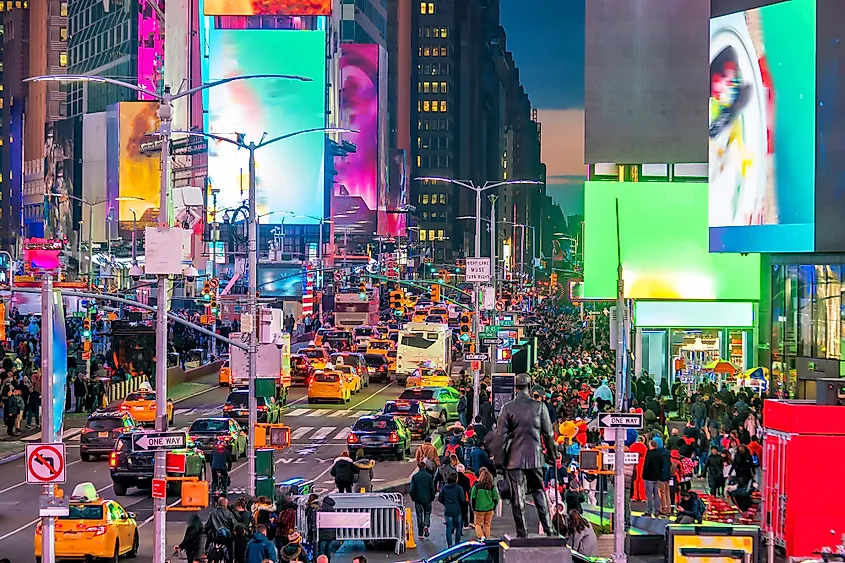
Clutter occurs when excessive, confusing, and bright lights are grouped together. An example is Times Square in New York City. Clutter is commonly found in over-lit cities and contributes to sky glow, glare, and trespass.
Negative Impacts Of Light Pollution
There is growing evidence that links the brightening of the night sky to ecosystem disruptions, health and environmental issues, and increased energy consumption. Lights account for at least a quarter of all electricity consumption worldwide. Poorly directed and over illuminated lights result in energy wastage and can expand carbon footprint.
Insects
Light pollution is one of the main drivers of the insect population decline. According to researchers, artificial light affects every aspect of an insect's life. Artificial lights interfere with insects' mating rituals, development, and search for food. For example, outdoor lights lure moths to their deaths. A recent study in the UK found that moth population decline was more prevalent in light-polluted areas than darker sites.
Artificial lights also interfere with the mating signals of fireflies and affect field crickets' development as it can alter the perceived length of day and night. Some insects may hover around light sources for extended periods, making them more vulnerable to predators. Night pollinators may also miss the opening of flowers as artificial lights can make them think dusk is much later. Vehicle headlights attract insects and act as deadly moving hazards, and they have been linked to almost 100 billion insect deaths per summer in Germany.
Wildlife Behaviour
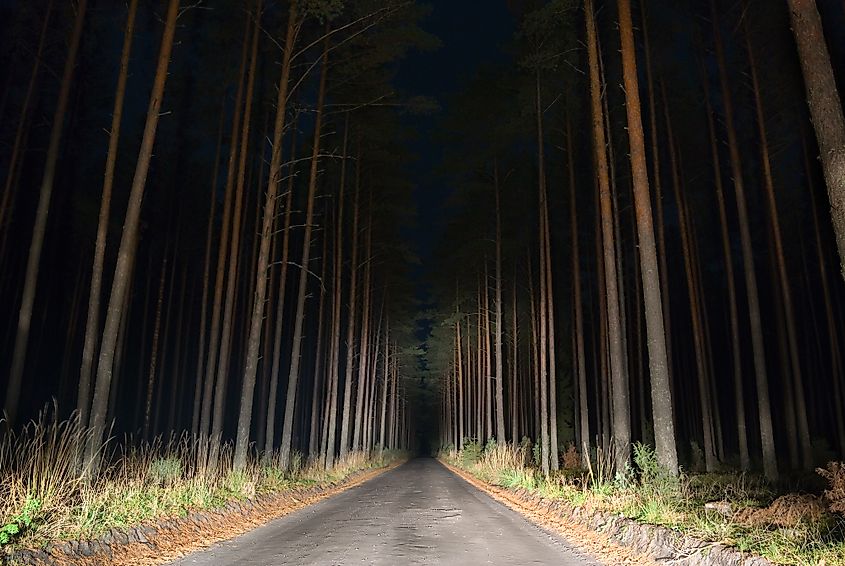
Animals depend on the planet's natural light and dark cycle to govern their behavioral patterns such as reproduction, sleep, and nourishment. When light pollution disrupts this natural rhythm, it can pose severe threats to many creatures. This issue is particularly harmful to nocturnal animals as light pollution alters their nighttime environments. For example, artificial light can disrupt the nighttime breeding rituals of frogs and toads.
Light pollution also changes predator-prey relations. Prey relies on darkness as cover from predators. However, with light pollution illuminating the night sky and shadowy areas, the prey is more vulnerable to predation. Underwater animals also may be affected by artificial lighting. A study documented how brightly lit panels submerged in water altered specific marine animals' behaviors. It found that fewer filter-feeding animals, such as sea squirts, set up homes near the lighted panels, suggesting that artificial lights from oil rigs or harbors can alter marine ecosystems and behaviors.
Birds
Birds are one of the biggest victims of light pollution. Light pollution confuses their migratory patterns. Many migratory birds fly at night as the light from stars and the moon help guide them to their destination. As birds fly over large cities, the glare from artificial lights disorients them and causes them to veer off course and head towards dangerous areas of the city. Experts have estimated that more than four million migratory birds die each year in the US alone only through collisions with brightly lit buildings and towers.
Also, migratory birds depend on seasonal cues for their migration. Artificial lights can disrupt these signs and cause them to migrate too early or late and miss ideal climate conditions for nesting and other behaviors. Light pollution has been one factor in the drastic decline of specific migratory songbird populations over the past decades. In response to this problem, many cities have adopted a "Lights Out" program to turn off building lights during bird migration.
Sea Turtles
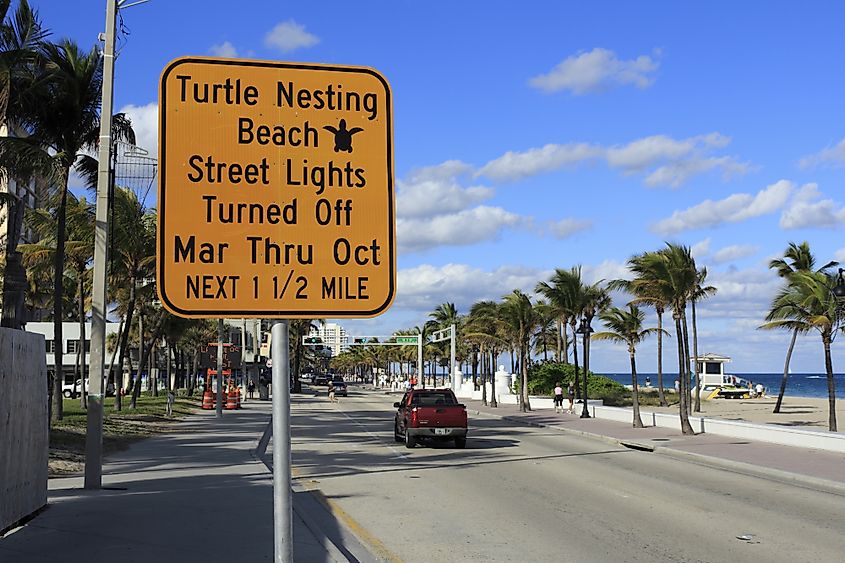
Sea turtle hatchlings are significantly affected by light pollution. The offsprings use the reflection of moonlight on the ocean to guide them to the sea. Artificial lights from beachside bars, restaurants, homes, and resorts brighten up coastlines, creating false moons and bright horizons. As a result, young sea turtles become disoriented and are drawn away from the ocean, and may end up wandering into roads. In Florida, more than 90% of sea turtles in the US nest along the state's coastlines but millions of hatchlings die due to light pollution every year.
Human Health

People also suffer the consequences of light pollution. Like animals, humans also have natural body rhythms called the circadian rhythm. This 24-hour internal clock regulates biological and physiological processes that help people wake up in the morning, sleep at night, and maintain their health. Artificial lights can disrupt humans' natural body rhythms, which can negatively impact people's overall health.
The human body creates the hormone melatonin in response to the internal body clock. Melatonin has antioxidant properties and plays a role in boosting people's immune systems, lowering cholesterol, inducing sleep, and helping with several organs' functioning. It also regulates sleep-wake cycles, slows metabolism, and lowers body temperature. The hormone is released when it is dark and inhibited in the presence of light. Lengthy exposure to artificial lights in the evening decreases melatonin production, resulting in sleep deprivation, obesity, stress, anxiety, and many other health problems. Other studies have also linked reduced melatonin levels to cancer.
Similarly, blue light — which is found in cell phones, computer screens, and LEDs — reduces melatonin levels. As a result of the numerous studies linking artificial lights to adverse health effects, the American Medical Association acknowledges the need for more research regarding the potential risks of light exposure at night.
Tips To Prevent Light Pollution

Despite light pollution's many harmful effects, there are easy and practical solutions to prevent or curb the issue. Many US states have already adopted legislation to control outdoor lighting, while manufacturers have created high-efficiency lights that save energy while reducing light pollution.
Homeowners can curb light pollution by only using outdoor lights when necessary, ensuring the lights are appropriately shielded and directed downward, and closing blinds or windows to keep the light inside the house. Other solutions include using timers or motion sensors for outdoor lights, using lower temperature LEDs, turning off unnecessary indoor lights in empty rooms or buildings, and turning off electronic devices an hour before bedtime.
Also, longer wavelength LEDs or bulbs that emit a warm amber glow are a better option than bright-white lights for both animals and humans. For example, turtle hatchlings do not respond to warmer lights. Blue lights have also been shown to increase glare, compromise human vision, cause eye strain, and negatively impact animal reproduction and behavior. People can download an app or use their phone or computer's built-in night-mode feature to change the screen's light temperature depending on the time of day.
Light pollution is one of the lesser-known types of pollution. While it does not release toxins into the environment directly, it still harms people, animals, and the planet. Fortunately, easy solutions exist to combat the issue, such as switching to warmer colored bulbs and turning off unnecessary lights when not needed.











